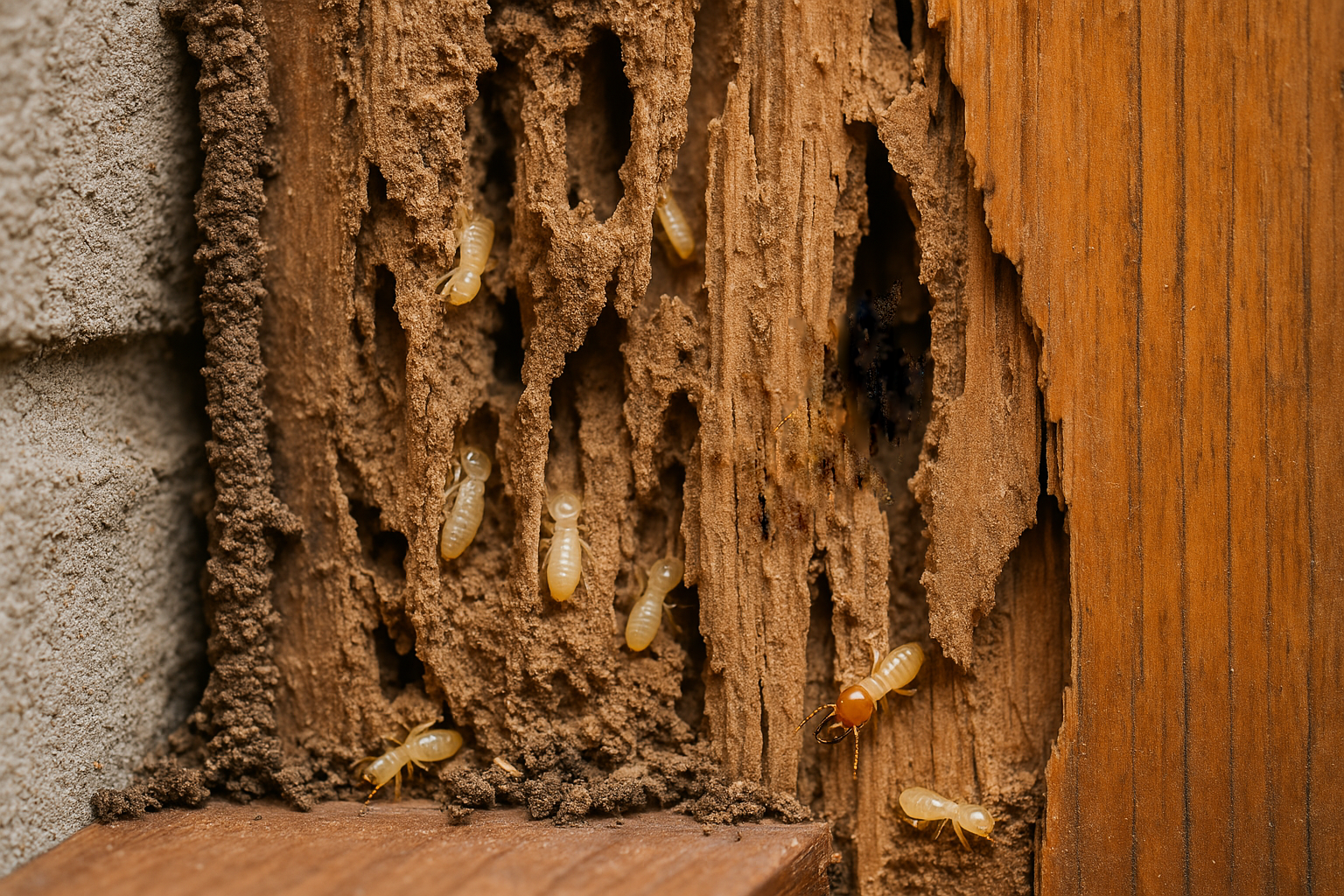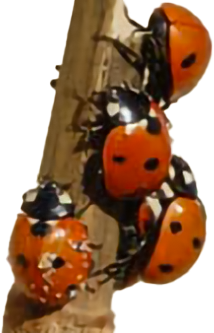
Wasp Season in Minnesota Is Here. Are You Prepared?
Late summer in Minnesota is prime time for wasp activity. Whether you’re hosting a backyard gathering, managing a commercial property, or just trying to enjoy your patio, an unexpected wasp encounter can quickly ruin the moment—and pose a real risk to your safety.
At Adam’s Pest Control, we help homeowners and property managers prevent dangerous run-ins by offering expert wasp control services and free educational materials, including our Wasp Safety Guide. In this article, you’ll learn why wasps can be a problem, how to spot a nest, what to avoid, and how to reduce your risk of stings.
Are Wasps Dangerous? Know the Risks.
Wasps aren’t always aggressive—but when they feel threatened, they don’t hesitate to defend their nests. Unlike bees, wasps can sting multiple times, making them especially dangerous to those who are allergic.
In Minnesota, the most common wasps include:
- Paper Wasps – Often seen hovering near eaves and sheds. Less aggressive, but will sting if their nest is disturbed.
- Yellowjackets – Ground-nesting and highly territorial. Known to become aggressive, especially in late summer.
- Bald-faced Hornets – Actually a type of yellowjacket, they build large, football-shaped nests in trees or under overhangs.
A sting may cause pain, swelling, or in severe cases, a life-threatening allergic reaction (anaphylaxis). If you or someone nearby is stung and experiences difficulty breathing, call 911 immediately.
Where Do Wasps Build Their Nests? Look Closely.

Understanding where wasps nest is the first step to avoiding them. Common nesting spots include:
- Under roof eaves or soffits
- Inside wall voids or attics
- Beneath decks and porches
- Inside grills, sheds, or lawn equipment
- Underground near sidewalks, patios, or landscaping
Yellowjacket nests are usually located underground in pre-existing burrows or in protected above ground cavities, such as hollow logs, wall voids, attics, or cracks in siding. If you see wasps flying in and out of a hole in the ground or a crack in your home’s siding, assume there’s a nest.
Inspect your property regularly—especially in mid-to-late summer—and watch for increased wasp activity in a concentrated area.
Why DIY Wasp Removal Is Risky
It’s tempting to handle a wasp problem yourself, especially when nests are small. But even experienced DIYers should think twice. Here’s why:
- Wasps react aggressively to disturbance—even minor vibrations can trigger an attack.
- Over-the-counter sprays are often ineffective for larger or hidden nests.
- Protective gear matters—and most people don’t have it on hand.
- Injuries from falls or stings are common when attempting DIY removal from ladders or rooftops.
In short: trying to remove a wasp nest without the right equipment and training can make a bad situation worse.
How to Prevent Wasps from Nesting on Your Property
You can’t always keep wasps away, but you can make your property less inviting. Follow these prevention tips:
- Seal cracks and crevices in siding, soffits, and around vents or windows.
- Keep garbage cans sealed and clean.
- Avoid leaving sugary drinks or food scraps outdoors.
- Remove fallen fruit from trees.
Routine maintenance can go a long way in deterring wasps—especially when paired with seasonal inspections from a professional pest control service.
Found a Nest? Here’s What to Do (and Not Do)
If you discover a wasp nest:
DO:
- Stay calm and keep your distance.
- Warn others to steer clear.
- Call a professional for safe removal.
DON’T:
- Swat at wasps or throw objects at the nest.
- Block entry or exit points.
- Attempt DIY removal—especially in late summer when wasps are most aggressive.
At Adam’s, we respond quickly to wasp concerns and can safely eliminate the nest with minimal disruption.
Get Your Free Wasp Safety Guide
Want to learn more? Download our Wasp Safety Guide—a free, printable resource full of expert tips on:
- Identifying common wasps in Minnesota
- Spotting early signs of nesting
- Protecting kids, pets, and staff
- When to call for professional help
We offer versions for both homeowners and property managers. Just tell us who you are, and we’ll send you the right guide—no obligation.
👉 Request Your Free Guide Here
Stay Safe—Let Adam’s Handle the Nest
Don’t take chances with wasps. Whether you’ve already spotted a nest or just want peace of mind, Adam’s Pest Control is here to help.
✅ Fast response
✅ Proven treatments
✅ Expertise you can trust
Call or text us today for a free estimate.
Your safety is our priority.



